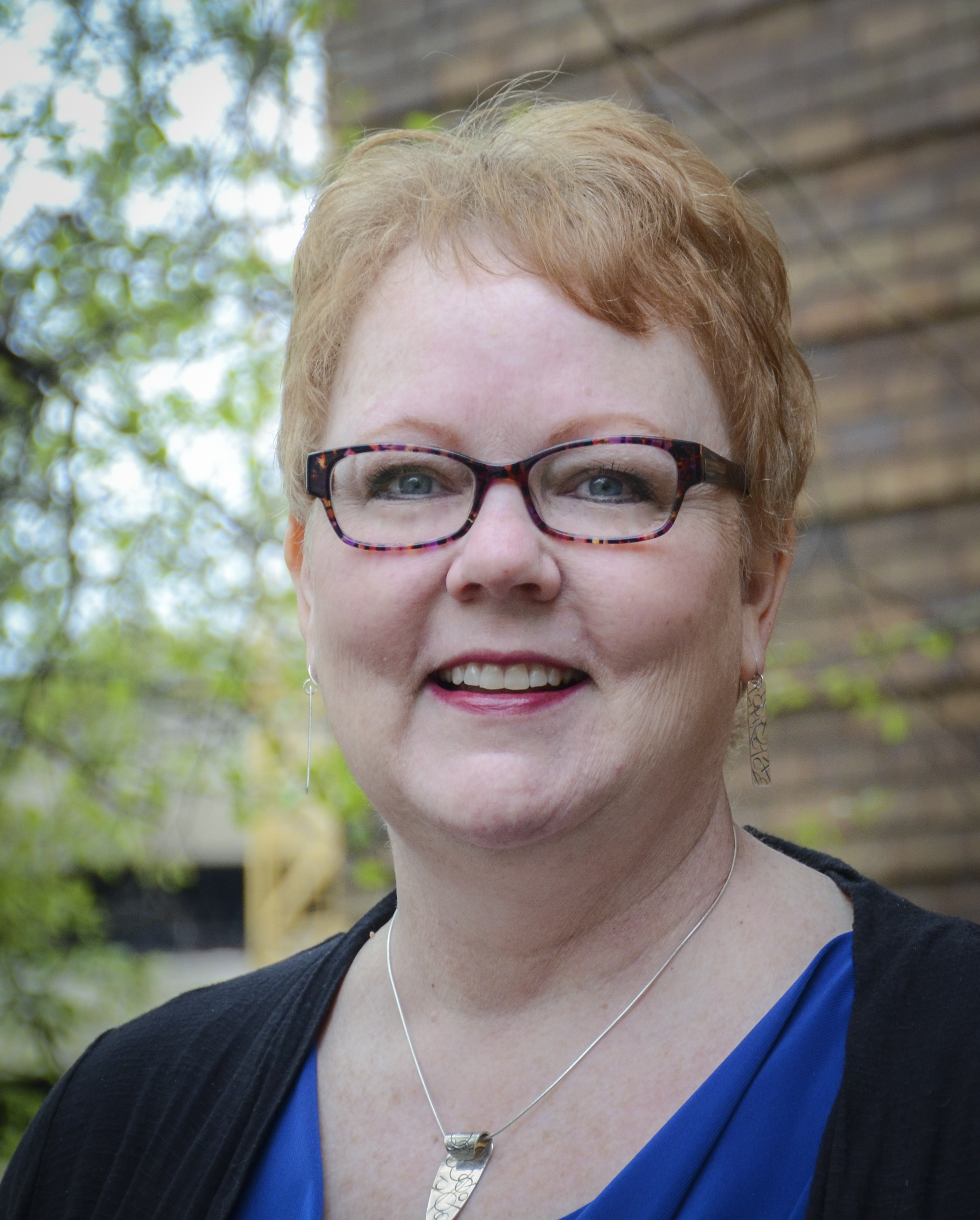Quarantine mandates have been announced, lifted, then announced again, but one thing remains consistent – the boom of the webinar.
Webinars are hugely valuable, and with so many free options available to us, we’re nearly spoiled at this point! Still, I can’t be the only one who receives about 5 emails per week about a brand new webinar. The word “webinar” is getting tired, and people are zoning out, understandably.
I love webinars… but can we (please) call them anything else? As a creative, I’m ready for change! So I did a bit of research to help anyone else who might also be experiencing webinar-fatigue (but still wants to engage).
Presenting, a proposition: to deliver the same value of a webinar – repackaged, rebranded, and with the intent of piquing curiosity. Here are some examples to illustrate what I mean:
“Tune in for [organization name]’s upcoming…”
- …Show & Tell – highlight the amazing work, news, and/or achievements of our [students/members/team/organization].
- …Welcome to the Stage Event – meet the organization’s new [mentors/coaches/leaders]
- … Weekly Tutorial – share informative tips and tricks on a relevant topic of your choice. Of all the examples listed, this one is most closely synonymous with the word “webinar”.
Furthermore, there are plenty of other types of virtual events to experiment with. For example:
Livestreams
Invite the community to tune in as you do whatever you do best at work! You might welcome watchers as your move through your morning routines at work. Or, you might simply carry out some of your organization’s normally offered services virtually. This is the new “normal”, at least for the foreseeable future.

- Sunday Storytime – Sunday morning read-aloud for all ages.
- Rise & Shine – A morning routine! This works beautifully for organizations like animal shelters, rescues, farms, and/or zoos. People love to see the animals waking up as morning chores are completed.
- Living Room Sessions – Share live performances with your audiences. Whether these are musical performances, comedy acts, or literature readings – these creative gatherings in intimate home settings have been a highlight of my quarantine, personally.
Happy Hours
It’s 5 o’clock somewhere! Gather your team (or, if it’s appropriate, your patrons) and enjoy a virtual, socially distanced drink. This is a spirited – no pun intended – way to keep traditions of beautiful summer days alive and well, while also nurturing team/community bonds.
Virtual events like this often work best with smaller teams and communities, since connections are usually already present. Even so, you might give it a try with a larger team or community! Perhaps a (responsible) sip of liquid courage will help form brand new connections among folks who had not yet had a chance to meet.
Inclusivity note: let everyone know that they may drink whatever they like, including non-alcoholic drinks!
Think Tanks
Community ties are deep and valuable, especially in the nonprofit sector. Often times, community members and organization patrons are more interested in your organization’s mission than anything else. That’s why they volunteer, donate, and support your programs. Additionally, people like to be heard and for their constructive feedback to be thoughtfully evaluated.
Mix it all together for the best of both worlds – your organization receives fresh perspectives on organizational challenges, victories, and roadmaps; and your community feels valued enough to be consulted and included in big decisions.
Identify a challenge that your organization is facing in times of COVID-19, and invite the community to the table. Many minds make innovative solutions, and many hands make light work!
Fundraisers
Yes, a virtual fundraiser! Not only is it possible, but it is becoming increasingly popular in the nonprofit sector. Embrace the areas where technology is allowing us to expand, regardless of the unfortunate external pressures posed by COVID-19.
Depending on your organization’s budget, there are various options available to you, logistically.
How to accept funds:
- Share your organization’s Venmo or PayPal to accept donations/tips during the event
- Sell “premium” tickets for extra perks.
- Explore virtual fundraising platforms such as Classy, QGiv,
- Seek corporate sponsorships (funding a free event for the public)
- Seek individual/family sponsorships (in exchange for symbolic gift or recognition)
Types of fundraisers (just scratching the surface!):
- Livestreamed performances, presentations, or speeches
- Virtual auction
- Virtual run/walk marathon
Finally, let’s think about what happens after these events are over. Would you like your audience to have access to a recording of your event, or any of the resources shared? If so, consider adding a “Virtual Library” to your organization’s website. There, you can store all of the recordings and resources shared during your live event(s), so your audience may access it any time.
What do you think? What have been the event you have enjoyed the most, and what made them so memorable? Keep us posted with your creative insights on virtual events. Alright, I’ll mute myself now 😉





 Are there any festivals or performers that you’ve been particularly excited about this
Are there any festivals or performers that you’ve been particularly excited about this


 To wrap up our chat, I asked Kim if there was anything in particular that she was looking forward to as the event approached.
To wrap up our chat, I asked Kim if there was anything in particular that she was looking forward to as the event approached.